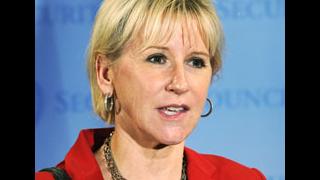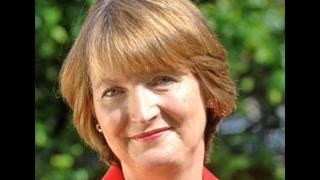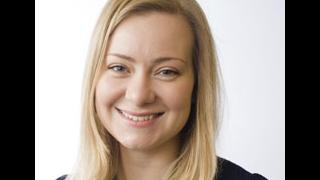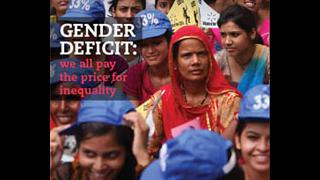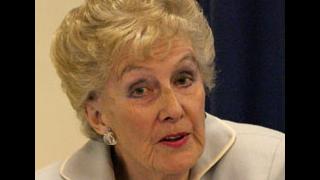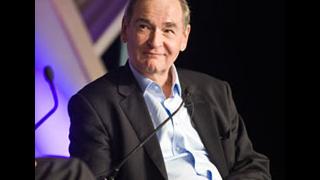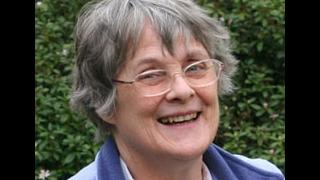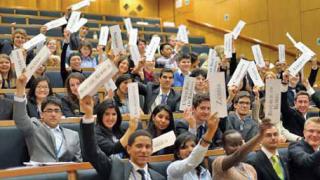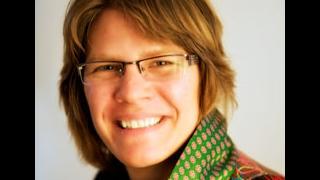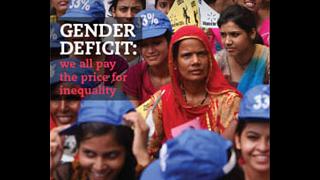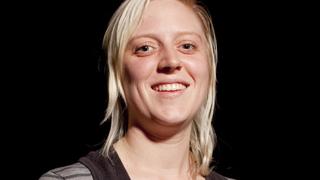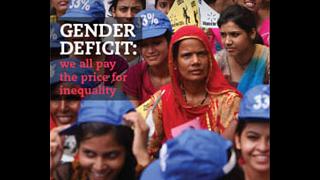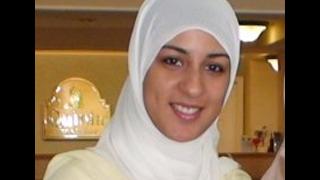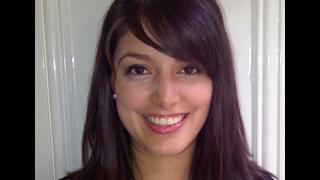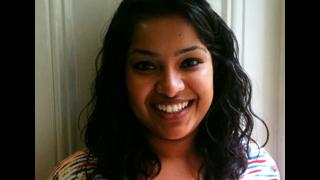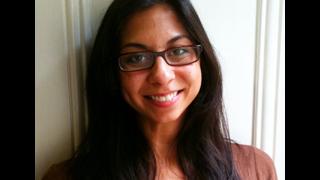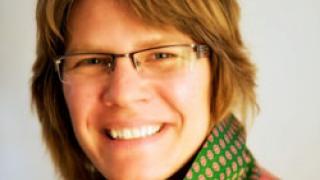
According to the UN, one in five of the world's poorest people have a disability. At least 10% of the world's population - 650 million people - are disabled, 80% of whom are in developing countries. Poor people themselves regard disabled people as among the most excluded: the 'poorest of the poor'.
Disability is both a cause and consequence of poverty. Disabled people are more likely to live in poverty, and people who are poor are more likely to be disabled. In some countries, four-fifths of disabled people are unemployed.
Disabled women are particularly disadvantaged, experiencing exclusion on account of both their gender and their disability. They are also especially vulnerable to abuse. Likewise, disabled children are far more likely to be out of school. A shocking 90% of disabled children in developing countries are not in education. Child mortality also remains high, with disabled children under five dying at four times the national rate in many developing countries.
These are some of the reasons why the UN Human Rights Council recently devoted a day of discussion to disability and development, in the context of the UN Convention on the Rights of Persons with Disabilities (CRPD), specifically Article 32 on international cooperation. The discussion was opened by UN human rights chief Navi Pillay and panellists included representatives from the International Disability and Development Consortium (IDDC), the Special Rapporteur on Disability and a member of the CRPD Expert Committee.
Sightsavers is a member of the IDDC and a key contributor to a thematic study of Article 32. One of the main points we raised in the study was that international cooperation is often thought of just in terms of bilateral donor relations, rather than inclusive development that addresses the cycle of poverty and disability.
The approach to development and disability can be contrasted with that of gender and poverty. The relationship between gender and poverty is recognised in the Millennium Development Goals (MDGs). The evidence base provided by disaggregated data on women and men was required for gender to be taken seriously as a development issue. The lack of data on disabled people in developing countries meanwhile contributes to the invisibility of disability as a development priority. Thankfully, this is beginning to be addressed after disability was included in the outcome document of the September 2010 UN MDG summit.
Raising awareness of the need for inclusive development is crucial and should be approached creatively. The role of sport, for instance, is often overlooked in terms of generating publicity and fostering international cooperation. As the host of the 2012 Olympics, the UK's permanent mission in Geneva launched an exhibition during the recent Human Rights Council session on disability and development. David Roberts, eleven-times Paralympic gold medallist; Sir Philip Craven, Chair of the International Paralympics Committee; and Wilfried Lemke, Special Advisor to the UN Secretary-General on Sport for Development and Peace, all gave powerful and motivating speeches. The active participation of disabled people in international development and development cooperation through sport was cited as a key objective.
The UK must ensure that it uses the 2012 Games as an opportunity to pursue this aim. But all UN member states must raise their game, both in terms of addressing disability issues and recognising their importance in eradicating poverty, if we are going to achieve the Millennium Development Goals and make development truly inclusive.
Diane Mulligan OBE is a Global Disability Advisor with the international development organisation, Sightsavers. She is also the UK's nominated candidate for the 2012 election of the UN CRPD expert committee.

